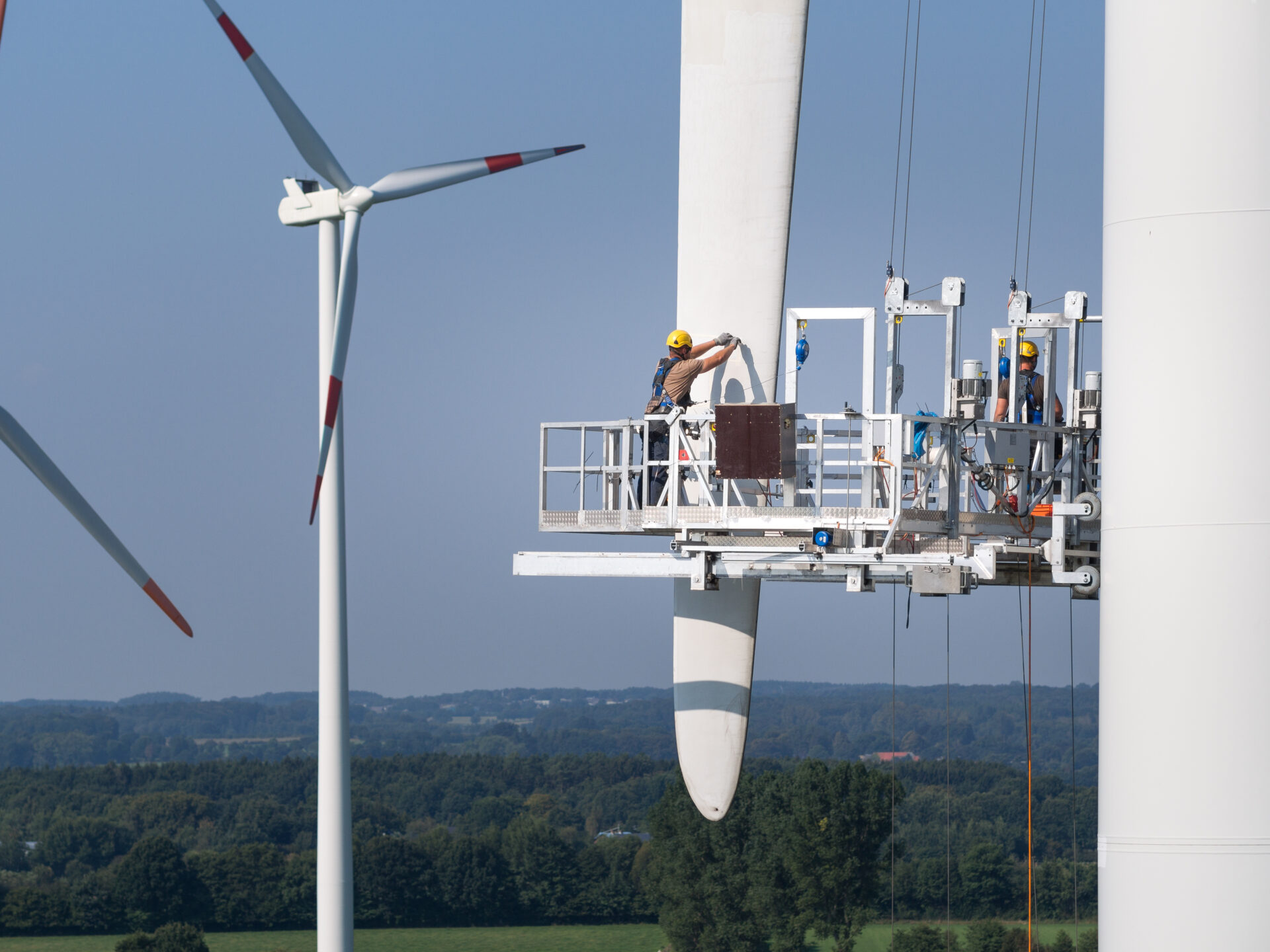The Wind Industry’s Silent Problem
The wind industry is facing a mounting challenge: defect management. As turbine fleets age and installations scale, asset owners and O&M teams must deal with an increasing number of defects, repairs, and performance issues. However, many companies still rely on outdated methods such as spreadsheets, emails, and even messaging apps to track and resolve defects.
Defects can range from minor blade erosion and pitch system failures to more severe gearbox malfunctions or transformer faults. Recent industry cases, such as serial defects seen at Vineyard Wind and Dogger Bank, have highlighted the impact of poor defect tracking on operational downtime and financial losses. According to industry studies, unplanned maintenance accounts for up to 60% of total wind farm O&M costs, with poor defect tracking contributing significantly to unexpected failures and delays.
As the industry pushes towards increased efficiency and cost reductions, improving defect management is no longer a luxury – it’s a necessity.
When Defects Happen—Then What?
A defect is logged – what happens next? In many cases, operators face a fragmented and inefficient process. A technician identifies a defect but lacks a standardized way to log it in real time. Defects often get recorded manually in spreadsheets or messaging apps, making them difficult to track. Since defect reports are not automatically linked to work orders, repairs get delayed, causing unnecessary downtime.
Without a structured approach, asset owners, service providers, and maintenance planners operate in silos, further reducing efficiency.
The Shift Towards Digital Defect Management
The transition to digital defect management in the wind industry is not just a technological upgrade – it is a necessary step in enhancing operational efficiency and reducing costly downtime. Research from industry sources indicates that digital asset management can cut unplanned maintenance costs by up to 30%, primarily by enabling real-time tracking and proactive issue resolution.
Traditional defect management processes often involve delayed or lost reports, reactive maintenance strategies, and a lack of structured data. By integrating digital solutions, operators can move towards a proactive approach that streamlines workflows and maximizes turbine uptime. Digital platforms offer a comprehensive solution that ensures defects are logged accurately, assigned swiftly, and resolved efficiently.
A structured digital defect management system enhances operations by:
- Real-Time Defect Logging: Technicians can report defects via mobile apps, ensuring immediate updates from the field.
- Automated Workflows: Defect reports automatically trigger work orders, eliminating delays in resolution.
- Centralized Visibility: Asset managers, service providers, and maintenance teams share a single source of truth, improving response times.
One Solution – Full Integration for Seamless Defect Management
Wind farm operators require a defect management system that doesn’t just record issues but actively works to resolve them. A truly integrated platform ensures that all elements of the defect resolution process—from initial reporting to final repair—are connected, eliminating inefficiencies and enabling teams to act quickly. Instead of working in disconnected systems, technicians, asset managers, and service providers operate within a unified framework that:
- Synchronizes Data Across Systems: Defects, work orders, and condition monitoring systems (CMS) seamlessly communicate, preventing data loss and ensuring that teams have the latest information.
- Provides a Single Source of Truth: Operators, service teams, and asset owners see real-time defect updates, streamlining decision-making and reducing communication errors.
- Ensures End-to-End Management: From defect detection to resolution, a connected system eliminates bottlenecks, minimizes downtime, and maximizes operational efficiency.
Examples of How Integration Solves Defect Management Issues
A fully integrated defect management system transforms how wind farm operators handle maintenance issues. By connecting defect reports directly to operational workflows, teams can respond more effectively, reducing downtime and improving turbine performance. Here’s how this approach works in real-world scenarios:
Instead of relying on manual tracking, an integrated approach enables:
1. Easy Defect Reporting: Technicians and planners can quickly log blade erosion or other issues via a mobile app, whether online or offline. The system connects this defect with SCADA data and instantly triggers a work order, ensuring real-time updates and immediate action.
2. Seamless Integration: A CMS detects pitch system failures, automatically linking the defect with work orders and prioritizing it based on historical trends. This ensures a connected asset management experience, providing all stakeholders with up-to-date, centralized information.
3. Actionable Insights: Gearbox defect patterns identified across multiple wind farms prompt proactive inspections and recommended repair actions. By leveraging historical data, the system calculates downtime impacts and ensures efficient scheduling to minimize operational disruptions.
Conclusion: Taking the Next Step to Build a Modern O&M Service Hub
Defect management is no longer just about tracking issues – it’s about optimizing turbine performance, reducing costs, and increasing efficiency. Companies that embrace digital defect management solutions will be better positioned to navigate the challenges of modern wind O&M.
For those ready to move beyond spreadsheets and fragmented tools, now is the time to explore an integrated approach to defect tracking.


